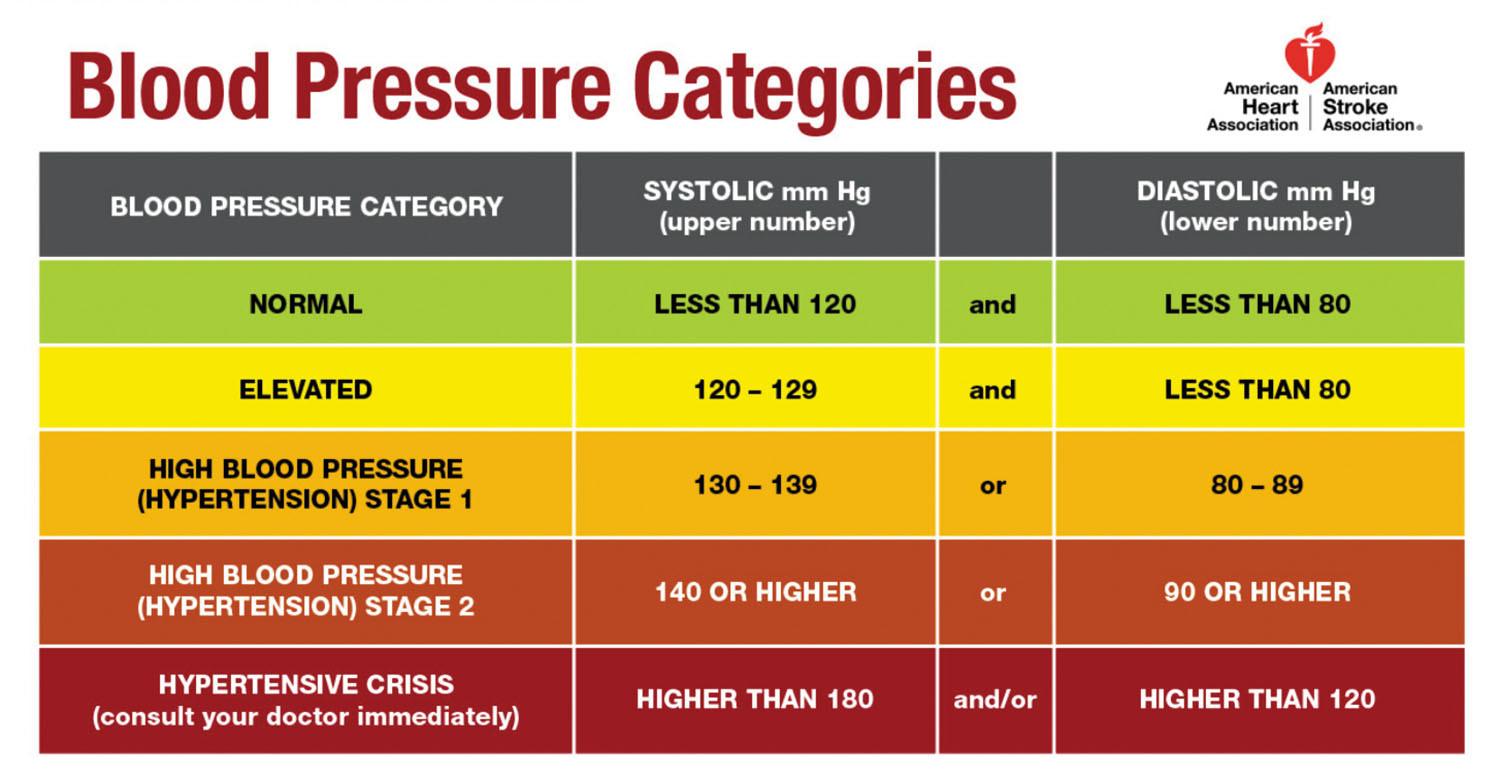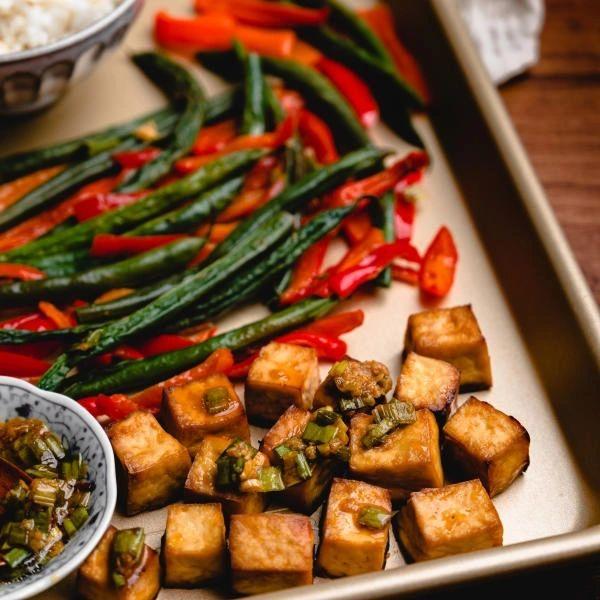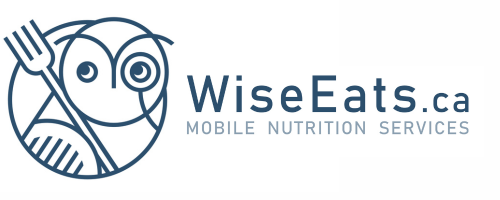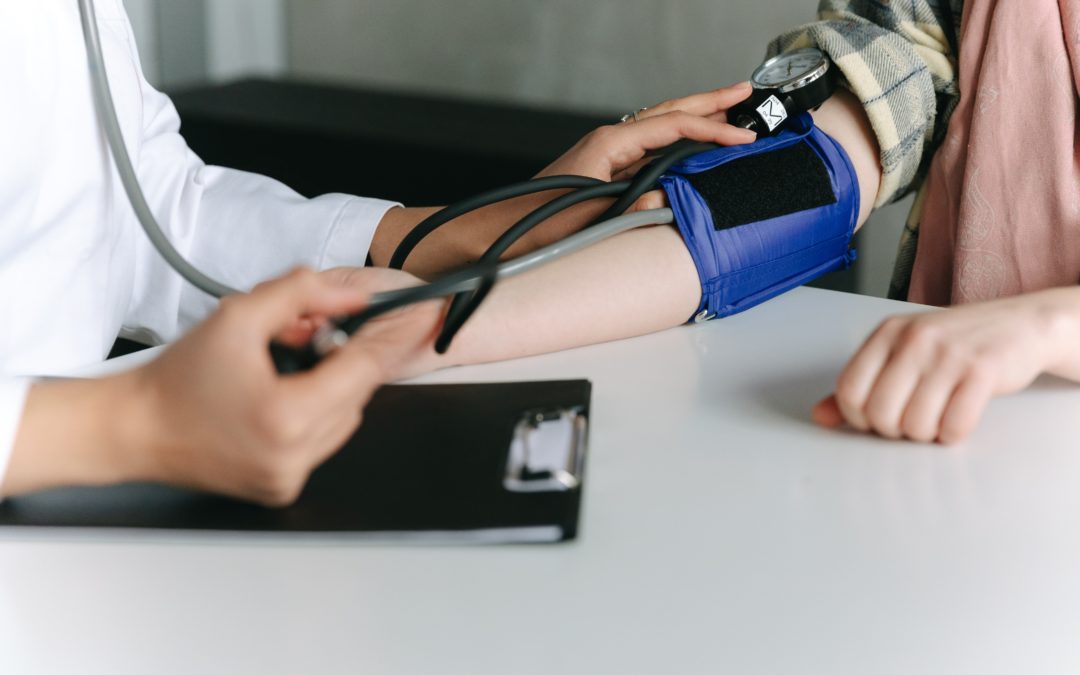The COVID-19 pandemic has taken a toll on many aspects of our physical, mental and emotional health. Research shows that there has been a steady rise in blood pressure during the pandemic. High blood pressure, also known as hypertension, can have an impact on many aspects of our health. If left untreated, high blood pressure can lead to the development of other health concerns including,
-
- Vision loss
- Stroke
- Heart failure
- Kidney disease
- Peripheral artery disease (PAD)
Luckily, testing for hypertension is easy, painless and accessible. Many pharmacies in Canada offer free blood pressure checks, but you can also purchase your own blood pressure machine to test yourself from the comfort of your home. You can find Rexall pharmacies offering blood pressure checks here.
People often don’t want to take medication for blood pressure control. Especially, if they are already taking medications for another health concern. The good news is that there are natural ways of addressing high blood pressure.
What’s Counts as High Blood Pressure?
If your blood pressure is below 120 mmHg systolic and below 80 mmHg diastolic, then you have normal blood pressure. High blood pressure is anything above 130 mmHg or 80 mmHg. If your blood pressure is between 120 mmHg and 129 mmHg systolic, then you may be at risk for high blood pressure.
You don’t need to wait until you are diagnosed with high blood pressure before making changes. Making early changes in your diet and lifestyle can help reduce your risk of high blood pressure, and other conditions.

Tips for Naturally Controlling Your Blood Pressure
Your diet can have an impact on your blood pressure. Some nutrients contribute to an increase in blood pressure while others can help lower blood pressure. Knowing what nutrients increase or decrease your blood pressure can help you adjust your diet to reduce your risk of hypertension.
Blood Pressure Raising Nutrients
Sodium
Sodium is one of the main offenders when it comes to raising blood pressure. You can find sodium in many foods. In fact, most Canadians consume more sodium than recommended.
Reducing your salt (sodium) intake is one of the first recommendations you may hear when you have hypertension. Limiting the amount of salt in your diet has been shown to lower blood pressure, and the risk of hypertension.
Check out Making Nutrition Facts Easy article for tips on reading nutrition facts labels and idenifying low-sodium foods.
Saturated and Trans Fat
Both saturated and trans fats can increase LDL (low density lipoprotein) cholesterol. This is more commonly known as “bad” cholesterol. This type of cholesterol can build up in your arteries, and block the flow of blood. This means your heart works harder to pump blood, leading to an increase in blood pressure.
High levels of LDL cholesterol can also trigger an inflammatory response which can increase your risk of heart attacks and stroke.
Alcohol
Your content goes here. Edit or remove this text inline or in the module Content settings. You can also style every aspect of this content in the module Design settings and even apply custom CSS to this text in the module Advanced settings.
Blood Pressure Lowering Nutrients
Antioxidants
Antioxidants are molecules that protect your body from oxidative stress. Oxidative stress can contribute to the development of hypertension. Including antioxidants in your diet can help reduce oxidative stress, which can help decrease your blood pressure.
You can find antioxidants in many fruits and vegetables. Learn more about these unsung heros from my article on antioxidants.
Polyunsaturated Fatty Acids and Monounsaturated Fatty Acids
Polyunsaturated fatty acids and monounsaturated fatty acids (PUFA and MUFA for short) are known as healthy fats. This is because these types of fat can help reduce inflammation.
Studies have shown that including PUFAs and/or MUFA-rich foods in your diet can help reduce your blood pressure. You can check out this post to learn more about healthy fats and where to find them.
Recipes to Try
Making changes to diet can be overwhelming, so here are some blood-pressure friendly recipes for you to try,

Where Do Medications Come In?
Despite the dislike for medications, there is only so much that changes in diet and lifestyle can do. Your doctor may prescribe medications to help control your blood pressure when diet and exercise alone are not working. Using medication to control your blood pressure doesn’t mean you can toss diet and exercise out the window. Both diet and exercise can help reduce your reliance on medication. In other words, diet and exercise can help lower your blood pressure, so you may only need a low-dose medication. Without diet and exercise, you may need higher doses of medication.
The Takeaway
You do not necessarily need to use medication to manage high blood pressure. Although everyone’s experience is unique, many people can manage their blood pressure with changes in their diet and lifestyle. Whether taking medication or not, it’s important to control your hypertension and reduce your risk of secondary conditions.
Check out 5 Ways to Make Your Diet More Heart-Healthy for more tips!
Control Your Blood Pressure with Nutrition
Book a FREE discovery call and speak with a Registered Dietitian to learn more about controlling your blood pressuring with nutrition.
References
Baradaran, A., Nasri, H., & Rafi Eian-Kopaei, M. (2014). Oxidative stress and hypertension: Possibility of hypertension therapy with antioxidants. Journal of Research in Medical Sciences, 358.
Beating High Blood Pressure with Food. (2019, August 23). Harvard Health Publishing. https://www.health.harvard.edu/newsletter_article/beating-high-blood-pressure-with-food
Ferrara, L. A., Raimondi, A. S., D’Episcopo, L., Guida, L., dello Russo, A., & Marotta, T. (2000). Olive Oil and Reduced Need for Antihypertensive Medications. Archives of Internal Medicine, 160(6), 837–842. https://doi.org/10.1001/ARCHINTE.160.6.837
Grillo, A., Salvi, L., Coruzzi, P., Salvi, P., & Parati, G. (2019). Sodium Intake and Hypertension. Nutrients, 11(9). https://doi.org/10.3390/NU11091970
Health Canada. (2018). Sodium Intake of Canadians in 2017.
Husain, K., Ansari, R. A., & Ferder, L. (2014). Alcohol-induced hypertension: Mechanism and prevention. World J Cardiol, 6(5), 245–252. https://doi.org/10.4330/wjc.v6.i5.245
Kizhakekuttu, T. J., & Widlansky, M. E. (2010). Natural Antioxidants and Hypertension: Promise and Challenges. Cardiovascular Therapeutics, 28(4), e20–e32. https://doi.org/10.1111/j.1755-5922.2010.00137.x
Laffin, L. J., Kaufman, H. W., Chen, Z., Niles, J. K., Arellano, A. R., Bare, L. A., & Hazen, S. L. (2022). Rise in Blood Pressure Observed Among US Adults During the COVID-19 Pandemic. Circulation, 145(3), 235–237. https://doi.org/10.1161/CIRCULATIONAHA.121.057075/FORMAT/EPUB
Sorriento, D., de Luca, N., Trimarco, B., & Iaccarino, G. (2018). The antioxidant therapy: New insights in the treatment of hypertension. Frontiers in Physiology, 9, 258. https://doi.org/10.3389/FPHYS.2018.00258/BIBTEX
Wang, L., Manson, J. E., Forman, J. P., Gaziano, J. M., Buring, J. E., & Sesso, H. D. (2010). Dietary fatty acids and the risk of hypertension in middle-aged and older women. Hypertension, 56(4), 598–604. https://doi.org/10.1161/HYPERTENSIONAHA.110.154187
With a Bachelor of Science in Nutrition and Food Science, Rachel has over 15 years’ experience helping people address their health through nutrition.


